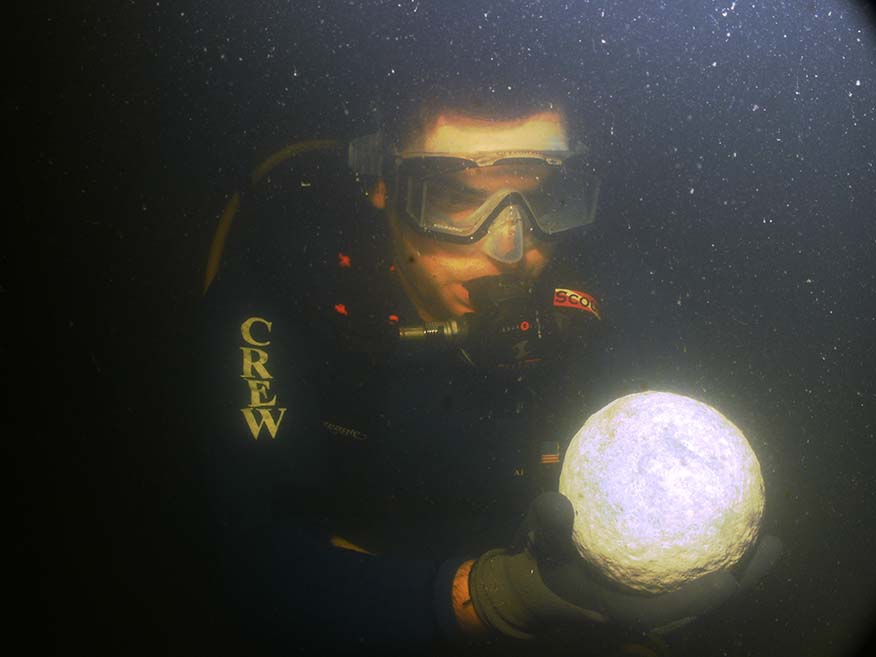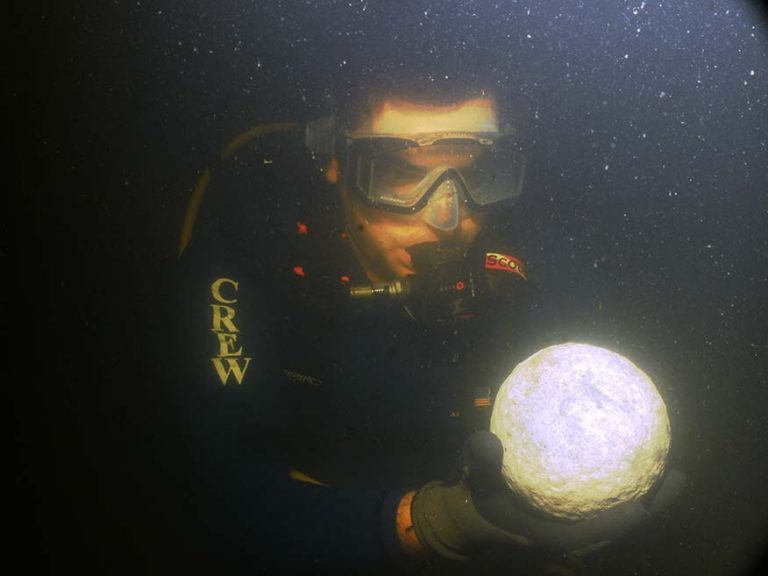A third shipwreck from a 16th century Spanish fleet linked to an expedition from Mexico to what is now the city of Pensacola has been found by archaeological divers from University of West Florida (UWF).

The find in Pensacola Bay is located near the first two wrecks linked to the fleet, which was led by Spanish conquistador Tristán de Luna y Arellano. One was found in 1992, and the second by UWF 10 years ago.
The latest discovery, dubbed Emanuel Point III, was made on a field trip this summer.
Luna’s land-base in Pensacola, the earliest multi-year European settlement in the USA, was discovered by UWF researchers only last year, enabling the dive-team to narrow their search area for the remaining wrecks.
“We chose a shallow spot with a sandy bottom to dive to give the students a break after we’d been in another part of the bay where it was deeper and darker,” said Dr Greg Cook, principal investigator of the wreck. The survey team had found an anomaly but had no great expectations and “decided to let the students have fun investigating it”.
“Within two minutes, the divers came up and said they felt stones with their probes. Later that afternoon, the first artefacts were found. I said that day: ‘You know, it shouldn’t be this easy.’”
Apart from ballast stones the team found iron concretions, frames and planking from the ship’s hull, and remnants of ceramics. They now plan to carry out test excavations to determine the wreck’s extent and the type of wood present, as this will indicate if it was among the earliest ships to be built in the New World.
“Because it was found in shallower water than the others, it might be smaller, possibly what they called a barca,” said co-principal investigator Dr John Bratten. “This discovery is significant in understanding 16th-century ship construction.”
The 1559 Luna expedition included 1500 soldiers, colonists, slaves and Aztec Indians who travelled in 11 ships from Mexico to colonise the northern Gulf Coast. A hurricane a month after their arrival sank six ships and devastated food supplies. After two years, Spanish ships rescued the remnants of the colony and returned them to Mexico.
“As long as we had just two shipwrecks, it could mean that the rest of the fleet was somewhere else,” said Dr John Worth, principal investigator of the land settlement. “Now we know we really do have the fleet.”
Divernet – The Biggest Online Resource for Scuba Divers
28-Oct-16

